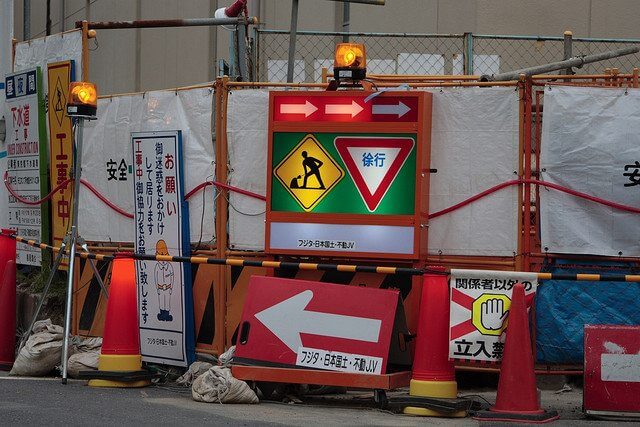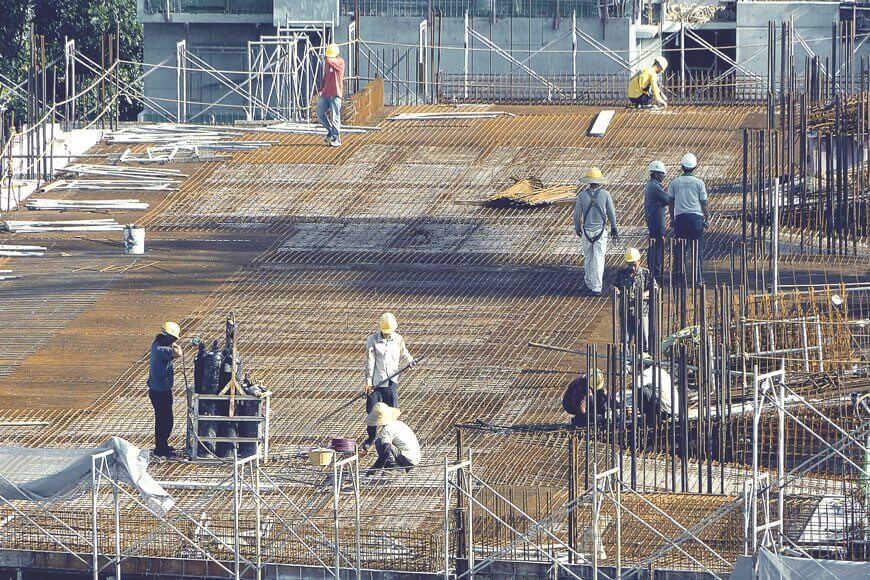Now that you have finished all inspections for the contract review, pre-contract meetings, and client onboardings, the project is ready for execution…and of course, more inspections! Here is an example of a construction execution plan checklist just to see if you really are ready for the execution phase.
Remember, as a contractor or project manager, your main goal for progress inspection is to create regular project status updates to inform the project owner and other stakeholders about the progress of your project.
What to include and inspect on your construction progress reports
Construction progress or project status reports are usually done on a weekly or monthly basis, depending on the contracting company. Typically, these weekly or monthly reports are compounded on the construction logs or the site diary that generate data on the project’s daily progress. Regardless of your inspecting and reporting schedule, here is important information you need to update your stakeholders on:
General project information
- Project Name
- Project ID
- Name of Project Manager
- Name of Inspector
- Date of Inspection
Detailing the general project information on your inspection forms provides identifiers that make your inspections hard to overlook and miss. The date of inspection and the name of inspector establish an accurate timeline and point person as references to a specific part of your project. All these “boring” details are evidently useful for tracking inspection archiving and for easy retrieving when needed in the future.
Milestones and deliverables
- Milestone Progress
- Planned
- Actual
Milestones break up a project’s major phases into groups of phase activities and tasks that make them very important in invoicing, mid-project billing, and completing deliverables to the client. For milestones and deliverables, progress inspections should be made on individual tasks leading up to the milestone.
Inspections should itemise which tasks have been completed and which ones are outstanding. Include the planned initial and finish dates per milestone and the actual start and finish dates so you can note where your project is in terms of meeting what was initially set for your milestones. Your inspections during this part of the project are critical in updating the rest of the stakeholders so that everyone can keep track of their teams and their works until a milestone is completed.
Issues and risks
- Open issues
- Open risks
- Open change requests
Your next set of inspections involve the routine examination of any issues, risks or change requests that have arisen. For open and previous cases since what was last reported, provide a status update alongside their management strategies. Include in your inspection how these issues, risks and change requests are being resolved and what impact they can have on the project in terms of schedule, budget, etc. Take note, early detection and management of issues and risks are crucial to the success of your project.
Project metrics and productivity
- Tasks Scheduled
- Tasks Completed
- Project Scope
- Cost
- Time
To measure productivity, inspections and metrics should be established that would quantify actual work done versus what was estimated. Other metrics for measuring work productivity versus cost and schedule should have already been established in the project planning phase. Use your metrics to assess if you are on track in your plan and to evaluate what needs improvement.
For a full appreciation of construction checklist inspection, take a look at our article discussing the importance of construction inspection to your projects and business.
Use mobile construction checklist forms for a more efficient progress inspection process
Mobile construction inspection checklist forms can help you outline your inspections into an easy checklist format, instantly generating inspection reports and even automating workflows based on the answers you provide on your inspection form. This allows you to communicate your inspection results in real time, making all your construction data always up to date and accurate wherever you or the rest of your team may be.
- Mobile construction inspection checklist forms allow you to create inspection templates for your routine inspections. Just enter all of your project’s general information and all these details will all be displayed in your form templates. No need to input every time you do the inspection.
- Mobile construction inspection checklist forms are only a part of an entire construction project management software that also has a dashboard that displays the project’s overall progress and everyone’s individual performance live!
- Mobile construction inspection checklist forms allow you to instantly record issues and other important observations on your phone or mobile gadget as you conduct your inspections on site.
- Mobile construction inspection checklist forms allow you to configure your forms to trigger on-the-spot actions when tasks are marked on your inspection list.
Jump to a related article about how mobile construction inspection checklist forms can make on-site quality management a piece of cake.
Regular construction inspections make for accurate progress status reports
Inspections are fundamental in creating accurate progress reports. Progress reports are crucial in stakeholder management. All these are critical in your overall project management. Having a project management tool that allows you to perform inspections accurately while you are on-site will save you valuable time, it will also save you money, and will make progress reporting faster and more efficient.
LetsBuild is a cloud-based construction project management app that helps you standardise your construction inspections for greater work productivity and better consistency.




